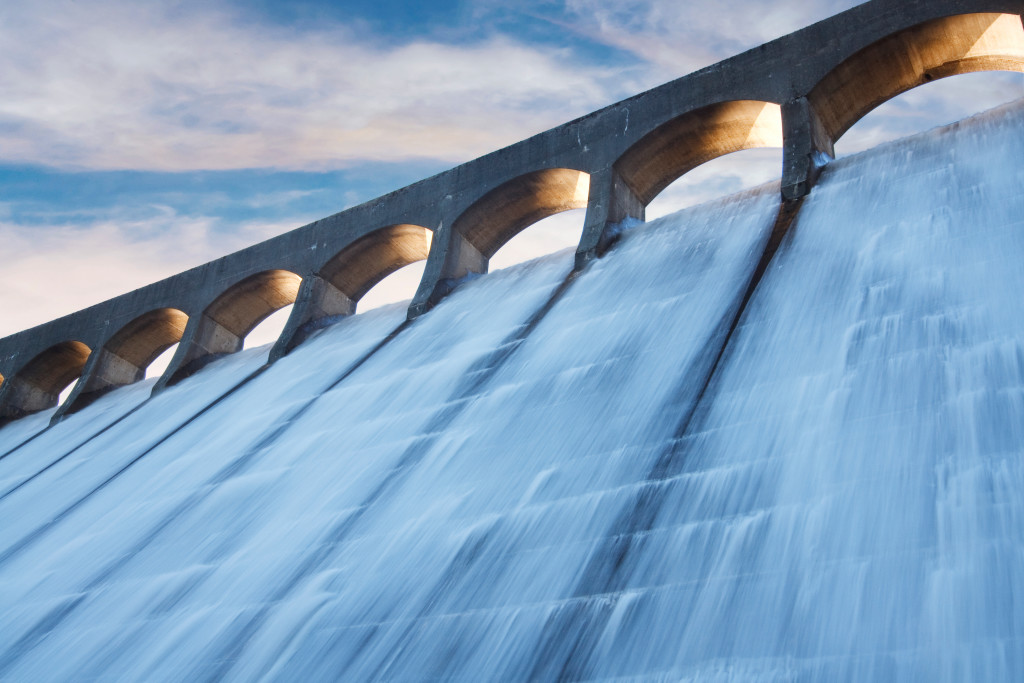Can hydropower work for the Philippines?
- July 5, 2016
- 0

The Philippines’ location along the Pacific Ring of Fire makes the country prone to earthquakes and typhoons. It experiences an average of 20 typhoons a year, which usually results to flash floods across the cities and provinces. Despite it being an archipelago, the country’s hydropower only covered 13.31% of electricity production in 2013, according to the International Electric Agency (IEA).
This raises the question, with the abundance of water sources in the Philippines and the number of typhoons that pass through it, how can the country maximize the use of hydroelectricity?
Hydopower in the Philippines
The World Bank reported that the Philippines is one of the “13 largest additions to hydroelectric capacity in developing countries.”
The Department of Energy claims that hydropower can be implemented in almost all regions in the country. There are more or less 25 hydropower plants in the Philippines today. However, they are not enough to accommodate the large amounts of water brought by typhoons. The high costs involved in building hydropower plants must also be taken into account in comparison to the country’s main source of energy, fossil fuels, which are abundant and cheaper.
“The capital-intensive nature, long gestation period (average of seven years) and accompanying issues of social acceptability of large hydropower projects remain to be the sector’s biggest challenges. On the other hand, micro-hydro development for off-grid electrification is hindered by high upfront costs and the need for government intervention and subsidy.”
Hydro yes? Or Hydro No?
Hydropower facilities can also be recreational places for the citizens. For instance, the La Mesa dam of the La Mesa Water Shed and Eco Park is a famous tourist destination and recreational center located in Quezon City. Other Luzon dams considered as tourist attractions include Bustos dam in Bulacan and Magat dam in Cagayan Valley.
Hydropower facilities also serves as flood control machines, which can be utilized by the Philippines to address flooding in its large cities.
On the other hand, hydropower plants may damage fisheries around its facilities. During drought, these power facilities may also find it difficult to generate electricity.
While companies are venturing into hydropower, the most reliable renewable energy sources still remain to be wind, solar and geothermal. Major power players like the Aboitiz group are amping up their investments in hydropower, and some have taken to building micro hydro-plants as large scale facilities may not be sustainable. Hydro turbines also have the capacity to run for a hundred years, experts say.